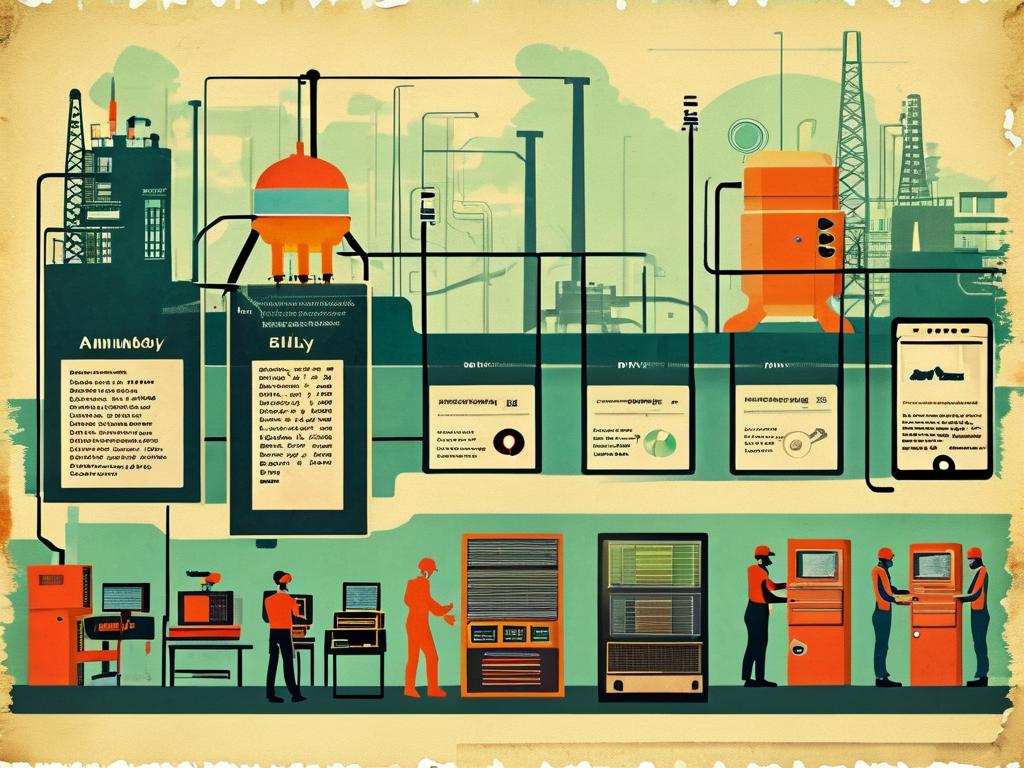In the rapidly evolving landscape of software development, automated environment deployment has emerged as a cornerstone of modern DevOps practices. This article explores the integration of comprehensive strategies to streamline environment provisioning, configuration, and management while addressing real-world challenges.

The Imperative for Automation
Traditional manual deployment processes are prone to human error, inconsistent configurations, and scalability bottlenecks. A 2023 survey by DevOps Research and Assessment (DORA) revealed that organizations implementing robust automation reduced deployment failures by 63% and accelerated release cycles by 40%. Automated environment deployment ensures repeatability across development, testing, staging, and production environments, eliminating the "it works on my machine" dilemma.
Core Components of an Automated Deployment Framework
-
Infrastructure as Code (IaC) Tools like Terraform and AWS CloudFormation enable declarative environment definitions. By versioning infrastructure configurations, teams achieve auditability and rapid rollback capabilities. For example, a Kubernetes cluster deployment that once took hours can now be replicated in minutes using code.
-
Configuration Management Solutions such as Ansible, Puppet, and Chef automate software installation and system tuning. A case study at FinTech Corp demonstrated how automating PostgreSQL database configurations reduced setup time from 2 days to 15 minutes while enforcing security baselines.
-
Containerization and Orchestration Docker and Kubernetes have revolutionized environment consistency. Containers encapsulate dependencies, while orchestration platforms manage scaling and self-healing. Netflix's migration to containerized microservices reduced environment-related outages by 78%.
CI/CD Pipeline Integration
Automated deployment thrives when embedded within Continuous Integration/Continuous Delivery (CI/CD) pipelines. Tools like Jenkins, GitLab CI, and GitHub Actions trigger environment updates based on code commits. For instance:
- A developer pushes code to a feature branch.
- The pipeline spins up an isolated testing environment.
- Automated tests validate functionality.
- Upon approval, the environment is promoted to staging.
This approach enabled e-commerce giant ShopGlobal to deploy 300+ microservices daily with zero downtime.
Security and Compliance Automation
Integrating security into deployment workflows is non-negotiable. Practices include:
- Automated vulnerability scanning (e.g., Trivy, Clair)
- Secrets management via HashiCorp Vault or AWS Secrets Manager
- Policy-as-Code tools like Open Policy Agent (OPA)
Healthcare provider MediSafe achieved HIPAA compliance by automating encryption checks and access controls across 500+ deployment pipelines.
Monitoring and Self-Healing Systems
Post-deployment automation ensures environment resilience:
- Real-time monitoring with Prometheus and Grafana
- Automated rollback on error detection
- Predictive scaling using machine learning models
When a major streaming platform experienced a 10x traffic surge during a live event, automated scaling maintained 99.99% availability without human intervention.
Challenges and Mitigation Strategies
-
Environment Drift Solution: Immutable infrastructure patterns and regular drift detection audits.
-
Multi-Cloud Complexity Solution: Abstracted deployment frameworks like Crossplane or Google Anthos.
-
Skill Gaps Solution: Low-code platforms (e.g., Pulumi Automation API) paired with upskilling programs.
Future Trends
- AI-Driven Deployment Optimization: Machine learning models predicting resource needs
- Serverless Environment Orchestration: AWS Lambda and Azure Functions extending to entire systems
- Edge Computing Integration: Automated deployment across hybrid cloud-edge architectures
A 2024 Gartner report predicts that by 2026, 70% of enterprises will implement AI-augmented deployment systems, reducing operational costs by up to 45%.
Comprehensive automation of environment deployment is no longer optional for competitive software delivery. By combining IaC, intelligent orchestration, and security automation, organizations can achieve unprecedented agility while maintaining stability. As DevOps pioneer Patrick Debois notes: "Automation isn't about replacing humans-it's about amplifying our capacity to innovate." The journey begins with incremental implementation: start with critical environments, measure outcomes, and iteratively expand automation coverage.









